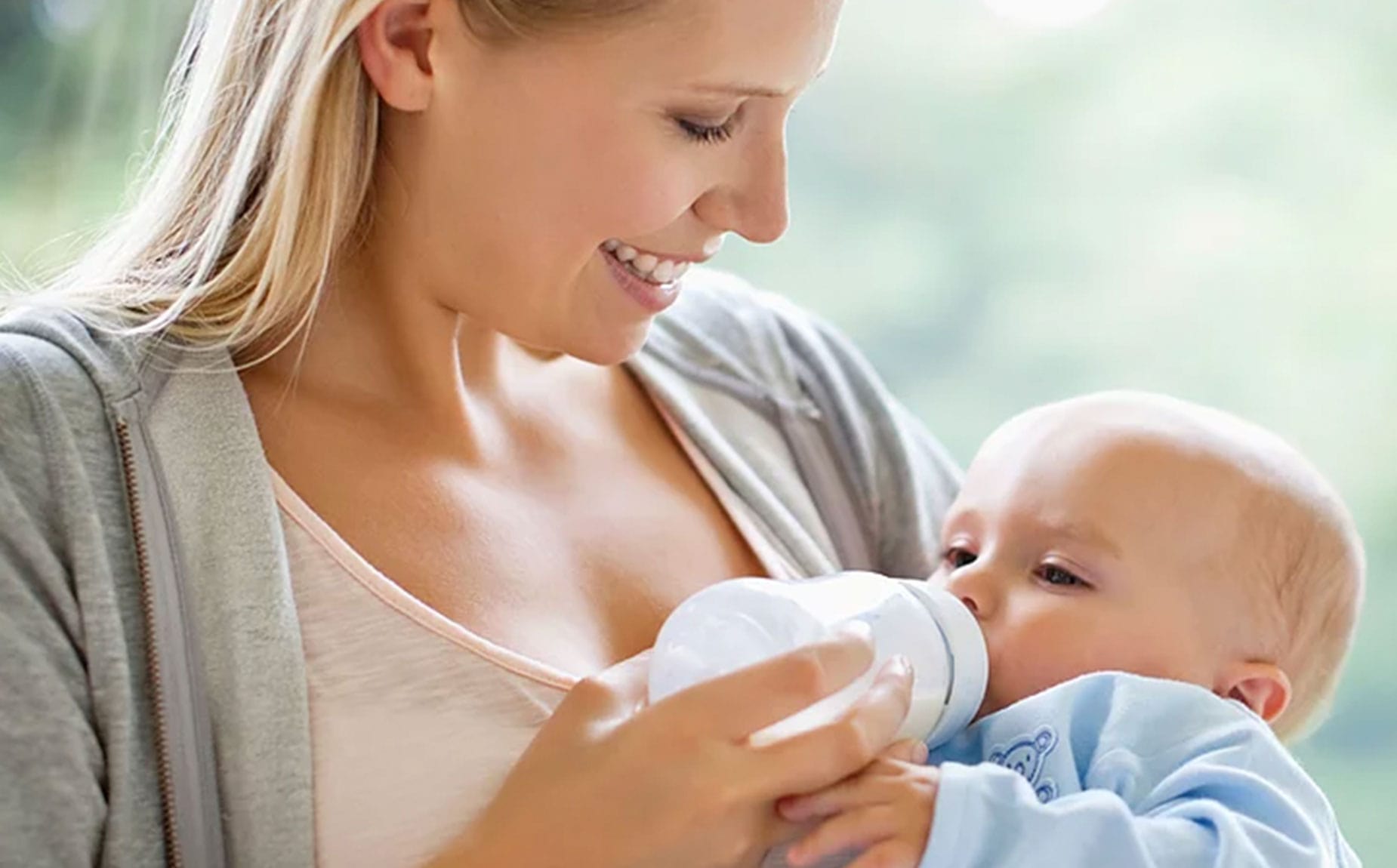Twins and other Multiple pregnancies
Multiple pregnancies (twins, triplets, quadruplets and quintuplets) make up 2-3% of all births. With most multiple pregnancies being twins.
The chance of a multiple pregnancy increases with maternal age for example your chances of a multiple pregnancy at age 20years is 1% rising to nearly 10% by the age of 40 years. In addition medication that can be prescribed to induce ovulation can also increase the chance of a multiple pregnancy.

